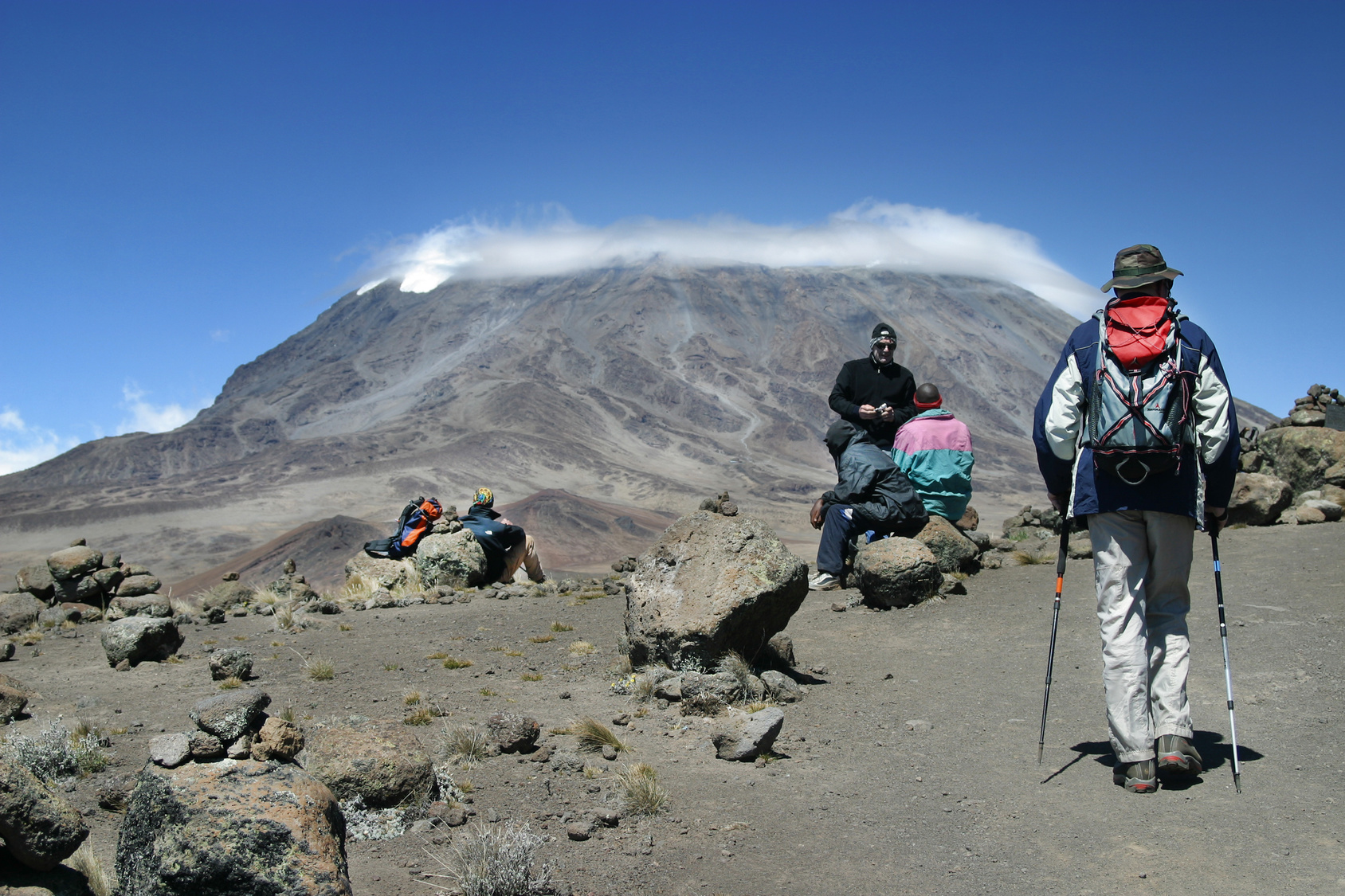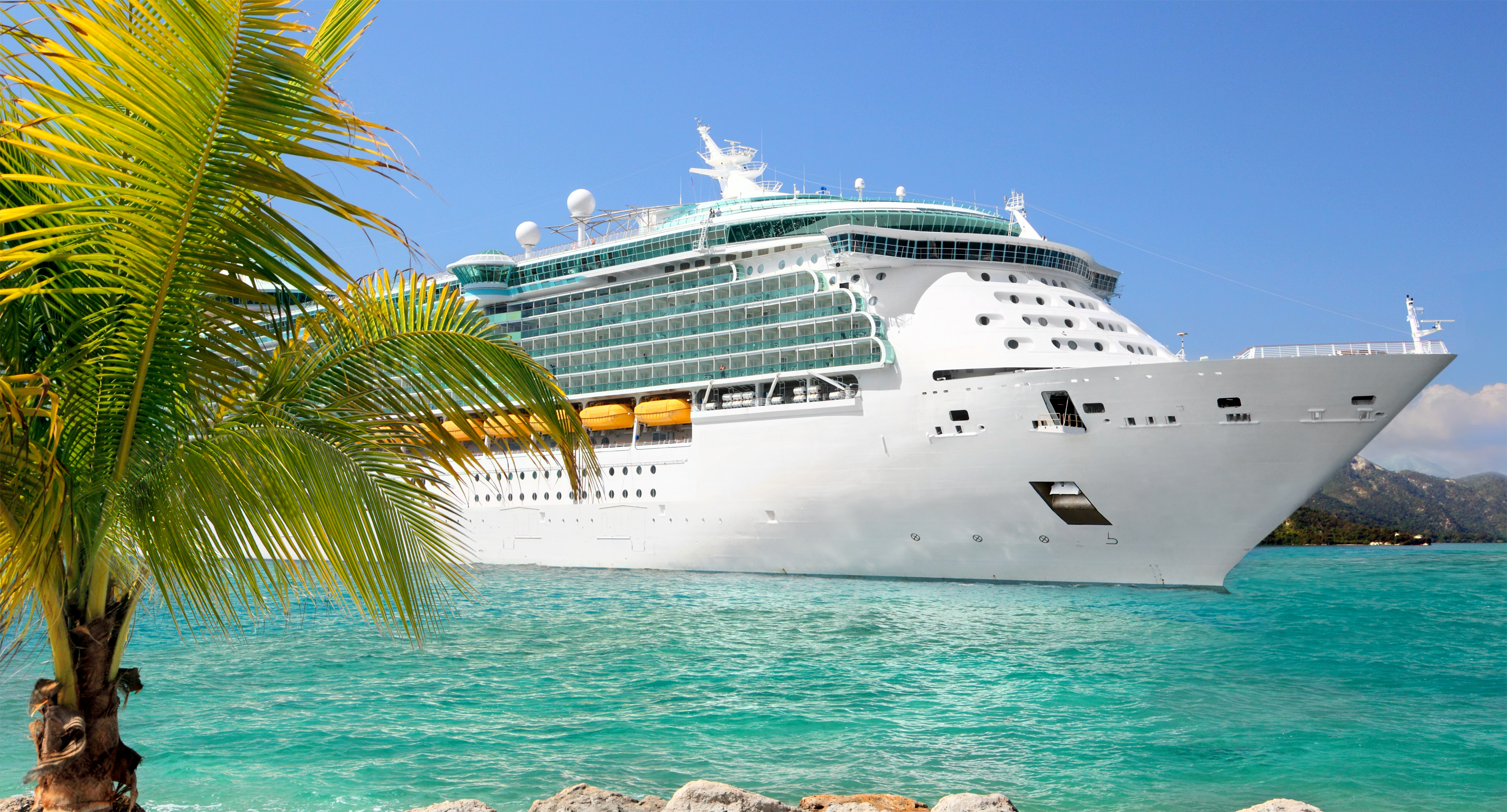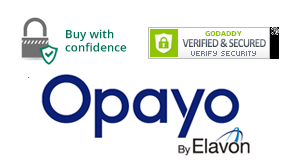So You Want To Climb Kilimanjaro?

So, you want to climb to the Roof of Africa? You’re not put off by the altitude or the gruelling climb? Good for you, because it will be the adventure of a lifetime! The changing landscapes, the stunning scenery, the tough climb, the pre-dawn starts… It’s all worth it when you reach the summit in time to watch the sun rise over the land that you have just conquered.
Practical Information
You’ve already taken the first step on your journey; here’s some essential information to help you with the rest of your planning.
The Best Time to Go
The dry seasons – from January to mid-March and from June to October – are the best periods to tackle Kili. Note: you’ll probably still get some rain on your trek during those times too.
It is possible to ascend in the rainy season and, as long as you’ve got the right gear, you’re just as likely to summit. And although Christmas and New Year don’t offer great visibility, they’re extremely popular times to climb.
The Required Level of Fitness
You don’t have to be super fit to climb Mount Kilimanjaro: most people fail to summit because of altitude sickness rather than due to a lack of stamina or strength. However, the trek will be less difficult and more enjoyable based on how fit you are, so you should bear that in mind and train accordingly.

The Approximate Costs
Unfortunately, it’s not going to be cheap to fulfil your dream of climbing Kilimanjaro. With the bargain bucket option (which isn’t recommended!) coming in at $1200, the majority of companies charge about $2,-3,500, with a few charging upwards of $5,000. Everyone who’s reached the summit would agree that whatever you paid for it, it was worth it.
The Routes
There are six different routes, which can make choosing tough. Around 66% of climbers go for the Marangu or Machame options. With Marangu taking only 5 days it’s the cheapest, but also the most ‘luxurious’ option as it’s the only route to offer sleeping huts. In terms of success rates for summiting, Machame is the top pick – but you should take seven days to complete this one so you can acclimatise properly.
For those who are even more adventurous, the Alternative Lemosho is the route for you. It’s away from the hordes and offers jaw-dropping views missed by other routes.

Machame 5 By Abir Anwar is licensed under CC BY 2.0
Where to Book
Where to book depends on what you want. Do you want the cheapest trip possible or are you concerned about the welfare of your guides and porters? Do you want to stay in cabins or are you happy to camp? Would you rather get off the beaten track and skip the crowds? You need to take all of this and more into consideration when choosing who to book with!
How to Get There
Flying in is the most popular option, and with Kilimanjaro International Airport (JRO) being served by five major airlines, it is convenient enough to get there. KLM is the most convenient and popular carrier, given its frequent flights and extensive UK, US and European regional flight network.
What to Take
Apart from high quality walking clothes and boots, this really depends on what company you book with as some agencies provide sleeping bags and mats, but the majority expect you to supply these yourself. Request a kit list from the agency you book with so you know exactly what to take, and remember you can probably rent most things from them.
These guys are the authority on climbing Mount Kili, so check out their website if you have any more questions!
If you’re going to climb the highest mountain in Africa, travel insurance is an absolute must. With Let’s Go Insure’s Africa travel insurance, you can go a bit higher, further and reach that summit for sure!





